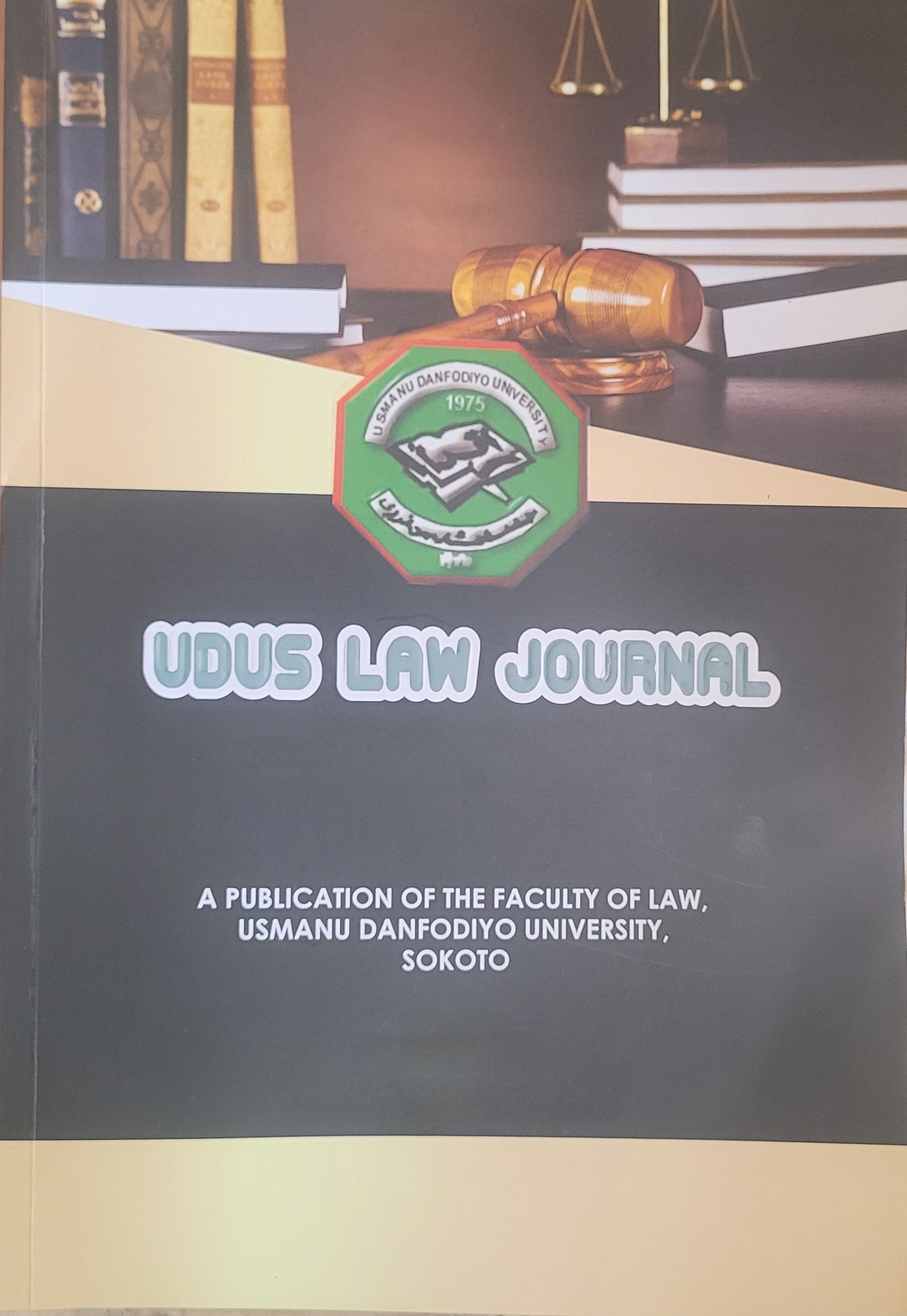Abstract
The intersection of COVID-19 contagion and the strict lockdown measures (the latter being essential measures to tackle the spread of the disease strain) are creating serious human rights issues, as it is making violence in homes more frequent, more severe and more dangerous. In other words, COVID-19 is turning home, which is supposed to be a safe place to live, into an abode where the dynamics of physical and psychological abuse play their tribulations without scrutiny from anyone “outside” the family unit. The trend is global as reports have emerged across nations of an apparent increase in domestic violence during the pandemic lockdowns. It is unfortunate that the “Stay-at-Home” order, isolations and movement restrictions, all of which are infection-reducing mensuras superiores ended up creating a silent pandemic of increased violence. Conversely, that is how COVID-19, as the global public health issue transfigured into human rights problem. This paper reviews some of the statistical and theoretical analyses of the magnitude and universality of the domestic violence during the pandemic. The aim is to provide consistent and compelling evidence about the impact of mobility restrictions on the incidences of domestic violence. These evidences point to the need for the governments, both local and national, to focus more on preventive and response measures on the vulnerable families such as those with low or negative income due to the pandemic. The paper also examines the legal remedies available to the victim survivors and highlights the importance of using statistical figures in making legal analysis of the problem.



 National Library of Nigeria
National Library of Nigeria.jpg) Association of Nigerian Authors
Association of Nigerian Authors Nigerian Library Association
Nigerian Library Association EagleScan
EagleScan Crossref
Crossref